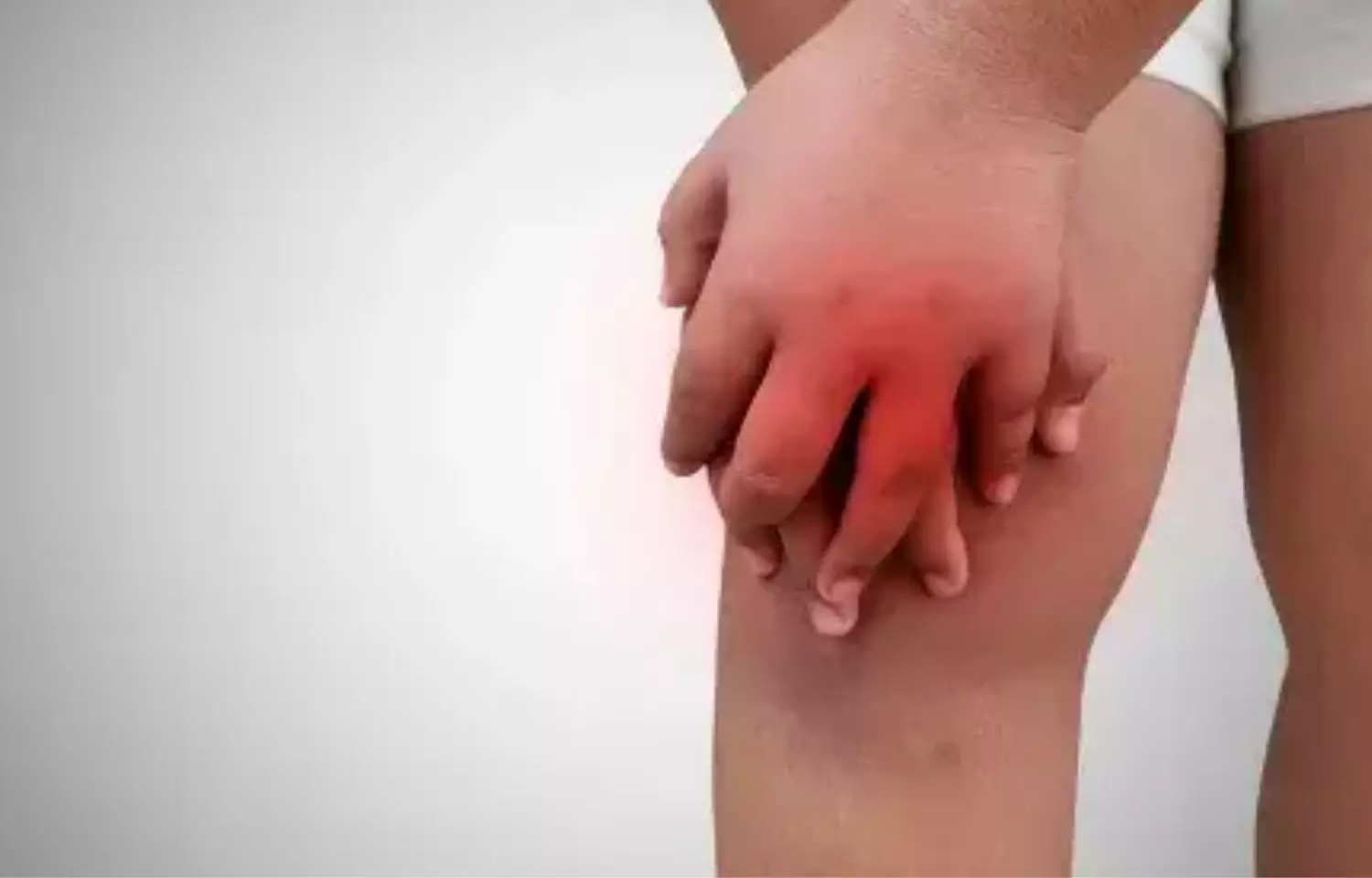In Childhood Psoriasis, Obesity and Nail Involvement Increase Arthritis Risk: Study
- byDoctor News Daily Team
- 27 October, 2025
- 0 Comments
- 0 Mins

A recent study published in the journal ofEgyptian Rheumatology and Rehabilitationrevealed that children with psoriasis are at greater risk of developing juvenile psoriatic arthritis (JPsA) if they have elevated body mass index (BMI) or nail psoriasis. These factors may serve as important clinical indicators for early screening and intervention in at-risk pediatric patients. Of the 7 types of juvenile idiopathic arthritis (JIA), juvenile psoriatic arthritis (JPsA) affects around 1–7% of the total JIA population. One of the main criteria for diagnosing JPsA is the correlation between psoriasis and arthritis. Even in youngsters, PsA is a progressive condition that causes joint deterioration and bone erosion. Better results might arise from early detection of PsA. Clinical risk factors for the development of PsA in adults include the severity of psoriasis, obesity, uveitis, hypercholesterolemia, smoking, trauma, and depression. These stimuli might set off a chain reaction of inflammation that eventually results in dactylitis, enthesitis, and arthritis. However, the risk factors for JPsA development in children with psoriasis are poorly understood. Therefore, this study was set to look at many clinical risk factors for children with psoriasis to develop psoriatic arthritis. In addition to 40 children with JPsA (group II), 40 children with psoriasis without arthritis (group I) were included in this study. Every patient had a complete medical history, a clinical examination, a laboratory evaluation, a body mass index (BMI) calculation, and a PASI score to determine the severity of their psoriasis. There was no discernible difference between the two groups in terms of psoriasis family history, age, or sex. When compared to 2.5% and 15% in group I, 47.5% and 32.5% of group II were overweight and obese, respectively. Group II had a non-significantly greater percentage of passive smoking (37.5%) than group I (25%). ESR and CRP values were substantially higher in Group II of the patients under study (P < 0.001). Group I developed nail psoriasis at a rate of 22.5%, whereas group II had it at 65 percent (P<0.001). Overweight, obesity, and nail psoriasis were predictors of developing JPsA using binary logistic regression (P<0.05 and OR >1 with 95% CI). Overall, this evidence suggests that in order to forecast JPsA, it is necessary to monitor children with psoriasis, particularly those who are overweight and have nail psoriasis. Abdella, D. H. M., Abd Elghany, A. M. R., Sarsik, S., Khallaf, M. K., & Abdelwahab, S. A. (2025). Factors predicting juvenile psoriatic arthritis in children with psoriasis. Egyptian Rheumatology and Rehabilitation, 52(1).https://doi.org/10.1186/s43166-025-00344-2
Disclaimer: This website is designed for healthcare professionals and serves solely for informational purposes.
The content provided should not be interpreted as medical advice, diagnosis, treatment recommendations, prescriptions, or endorsements of specific medical practices. It is not a replacement for professional medical consultation or the expertise of a licensed healthcare provider.
Given the ever-evolving nature of medical science, we strive to keep our information accurate and up to date. However, we do not guarantee the completeness or accuracy of the content.
If you come across any inconsistencies, please reach out to us at
admin@doctornewsdaily.com.
We do not support or endorse medical opinions, treatments, or recommendations that contradict the advice of qualified healthcare professionals.
By using this website, you agree to our
Terms of Use,
Privacy Policy, and
Advertisement Policy.
For further details, please review our
Full Disclaimer.
Recent News
DME Haryana round 3 NEET counselling dates revised
- 27 October, 2025
Hospital lapse: GB Pant website continues to name...
- 27 October, 2025
NEET counselling: MP DME releases final vacancies...
- 27 October, 2025
Daily Newsletter
Get all the top stories from Blogs to keep track.


0 Comments
Post a comment
No comments yet. Be the first to comment!